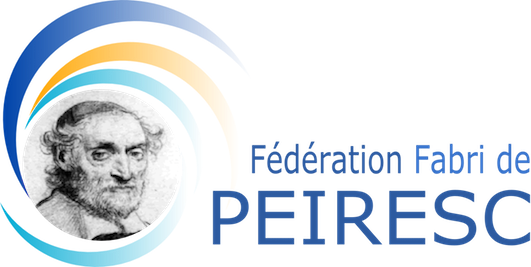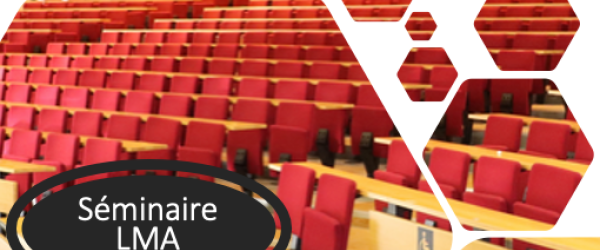Mardi 30 septembre à 11h00, Amphithéâtre F. Canac, LMA
Abstract: Self-sustained musical instruments, such as wind and bowed-string instruments, are nonlinear dynamical systems capable of producing a wide diversity of sound regimes. The existence, stability and observability of these regimes depend - often in a sensitive manner - on a number of design and control parameters.
This talk aims at illustrating how tools and concepts from the field of nonlinear dynamical systems can provide an in-depth characterisation of this complex behaviour, and as such, contribute to a better understanding of the underlying sound production mechanisms. In particular, the presented work aims at producing exhaustive cartographies of sound regimes in the space of relevant physical parameters (e.g., the blowing pressure for wind musical instruments or the bow speed for bowed string instruments). This relies on advanced numerical continuation methods to caracterise the dynamics of physical models and, in parallel, on the development of experimental continuation methods, which aim at performing model-free bifurcation analysis of actual physical systems. Bifurcation analysis of models of different musical instruments show that multistability — where several stable regimes coexist for the same parameter values — is a very common feature. This general phenomenon, also encountered in other scientific fields (climate models, biology, optics …) raises the question of which regime is observed in practice among the different stable ones. From the mathematical point of view, this relates to the question of the basins of attraction, that is to say the set of initial conditions leading to one or the other stable regime. An exploration of the basins of attraction in a simple model of single-reed instrument model will be presented.
Soizic Terrien - Laboratoire d'Acoustique de l'Université du Mans

